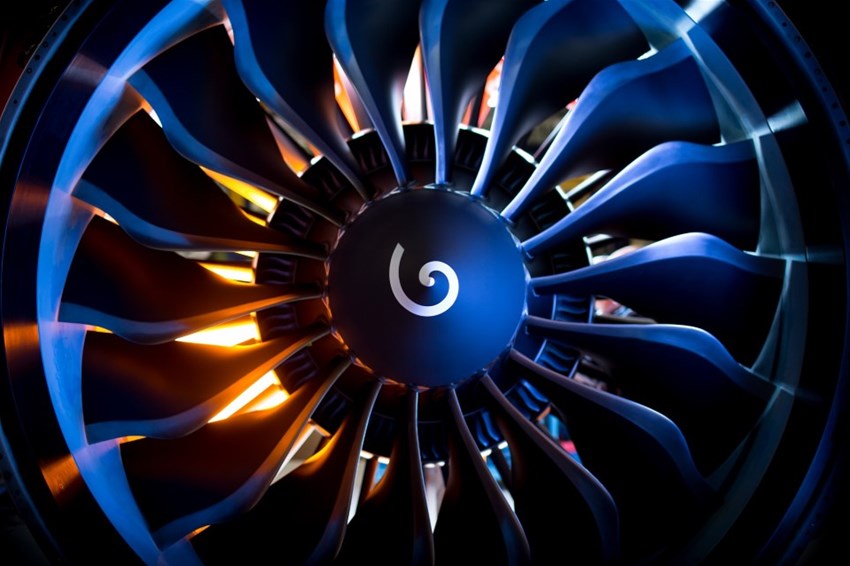ProCMC - Advanced coating for the next generation of jet engines
The aviation industry is searching for new technology that can help reduce aviation's emissions of climate-damaging substances. In a newly started project, University West researchers are investigating how thermal spraying can be used for surface coating of composite components in the next generation of jet engines. Pratt & Whitney, Safran and Saint-Gobain are some of the global companies involved.

The project seeks to further build on the exciting outcome of a recently concluded prestudy project carried out within the LIGHTer Vinnova program. With high interest of key earlier partners in continued development of cutting-edge environmental barrier coatings (EBCs) to protect ceramic matrix composites (CMCs), and addition of world-leading companies as partners attracted by the competence demonstrated, the consortium now covers the entire value chain.
This includes a spray equipment manufacturer (Northwest MetTech, Canada), a feedstock manufacturer (Saint-Gobain, France), an academic institute with expertise in coatings for high temperature applications (Univ. West, Sweden), a commercial coating solution provider (TSE, Sweden) and three major aerospace industries as end users (Pratt & Whitney, USA; Safran, France and GKN Aerospace, Sweden).
In present times when most aerospace companies are downsizing activities and budgets for R&D activities, such huge global interest in the project is motivated by the fact that CMCs will replace metallic super-alloy components in aerospace & space applications in the near future.
Despite the presence of world-renowned aerospace industries in Sweden, efforts aimed at developing EBCs and CMCs have been conspicuously limited. Therefore, this project aims at providing a novel solution to protect CMC components operating under aggressive environments typically encountered in aerospace engines. This will be accomplished by developing high temperature oxidation and water-vapour corrosion resistant thin EBCs using an emerging liquid feed-stock thermal spraying technology. This project addresses three of the research themes of the lightweight agenda, i.e. innovation themes 1, 2 and 4.
The three-year research project is carried out with support from the strategic innovation program LIGHTer, a joint venture of Vinnova, Formas and the Swedish Energy Agency.
Research Area
- Produktionsteknik
Research environment / Institution
- Produktionsteknik
- Primus (KK-miljö)
- Institutionen för ingenjörsvetenskap
Project leader
Research Partner
- GKN Aerospace
- Pratt & Whitney
- Safran
- Saint-Gobain
- Northwest Met Tech
- TS Engineering
Research funding
- Vinnova
Project time
2021 - 2024


